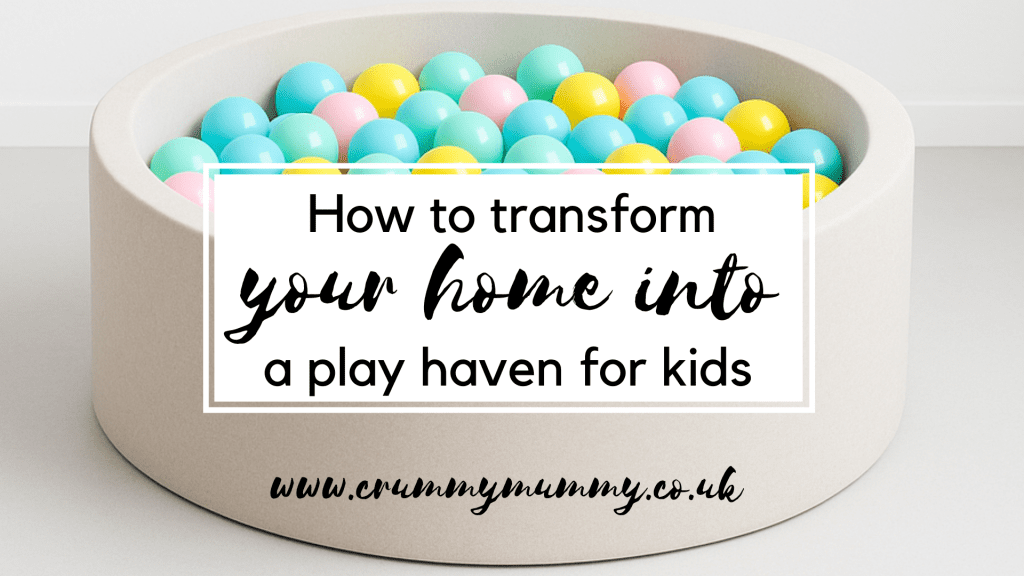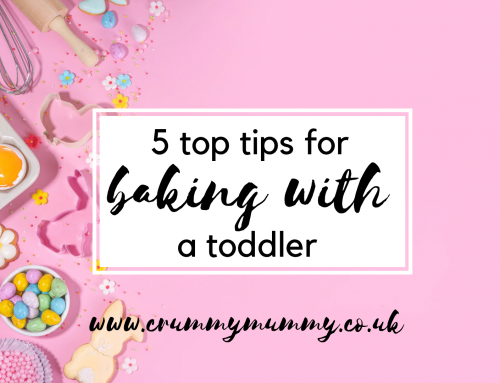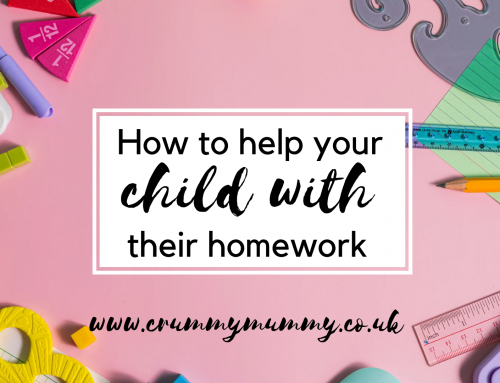Creating a dedicated play space at home is important for children’s safety and creativity.
Parents can transform any room into an engaging play area with thoughtful planning, incorporating versatile items to enhance the fun while ensuring safety.

Designing a fun and safe play space at home requires a balance of creativity and practicality.
A well-planned area not only ensures children’s safety but also encourages them to explore, imagine, and play freely.
This post may contain affiliate links. This means if you buy something after clicking on a link, I’ll earn a few pennies to help me keep creating posts like this, at no extra cost to you!
Having a designated space within your home helps in minimising clutter while providing your children with a specific area to unleash their energy and creativity. Products like indoor ball pits from KiddyMoon can be incorporated into this space, offering both safety and entertainment for young ones.
How to transform your home into a play haven for kids
Choosing the right location for your child’s play area
Choosing the right location for a play area within your home is crucial for both safety and convenience. It is important to find a spot that is easily accessible yet away from high-traffic zones to prevent unnecessary interruptions. Consider a corner of the living room or a spare bedroom where you can keep an eye on your children while they play. Ensure the space is free from potential hazards such as sharp furniture edges or loose cords.
The proximity of the play area to other parts of the house should also be considered, allowing you to supervise without being intrusive. Opt for spaces that are naturally well-lit and ventilated, which will make the environment more inviting and comfortable. Having visibility to outdoor spaces can also extend the play area visually, making it feel more expansive.
Avoid setting up the play zone near staircases or in areas where noise might be disruptive to others in the household. This ensures that children have the freedom to express themselves without constraints, making their playtime more enjoyable and beneficial. Safety barriers can be added where necessary to delineate boundaries clearly.
Essential components of a fun and secure play space
A successful play space combines safety features with engaging elements that inspire activity and imagination. Soft flooring, such as foam tiles or plush rugs, is essential to cushion falls and provide comfort during playtime. It’s important to use non-toxic materials to ensure a healthy environment for your children.
Furniture should be child-sized and designed with rounded edges to minimise injury risk. Storage solutions, such as bins or shelves, help maintain order by keeping toys organised and within easy reach. Consider incorporating versatile pieces like low tables or benches that can serve multiple purposes during different activities.
Play equipment should encourage both physical activity and imaginative scenarios. Items like climbing frames, tunnels, or slides can add an element of adventure while helping develop motor skills. Ensure all equipment is age-appropriate and securely anchored to prevent accidents.
Benefits of versatile play equipment in child development
Versatile play equipment plays a significant role in fostering both imaginative and physical growth in children. Items that allow flexibility in use encourage creativity by allowing children to invent new games and scenarios daily. For example, modular furniture or stackable pieces can transform into castles, forts, or obstacle courses depending on your child’s imagination.
Such equipment not only keeps children engaged but also supports their developmental milestones by promoting problem-solving skills and cooperative play with peers. Active play items like climbing structures enhance physical fitness by improving strength, balance, and coordination.
Choosing multifunctional toys reduces clutter as they serve multiple purposes over time, adapting as your child grows. The ability of these items to support varied types of play means they remain valuable additions to any playroom for years.
Practical safety tips for maintaining indoor play areas
Ensuring the safety of an indoor play area involves regular maintenance checks and proactive measures. Secure heavy furniture like bookshelves or cabinets to walls using brackets or straps to prevent tipping. Regularly inspect toys for wear and tear; remove broken items immediately to avoid hazards.
Opt for furniture made from durable materials that withstand vigorous use without compromising safety. Keep small objects out of reach of younger children to prevent choking risks, and ensure all electrical outlets are covered with child-proof caps.
Maintain cleanliness by sanitising surfaces regularly, especially those frequently touched by children’s hands. Encourage tidiness by involving your child in cleaning up after playtime; this teaches responsibility while keeping the space safe and organised.
This is a collaborative post.

























Leave A Comment